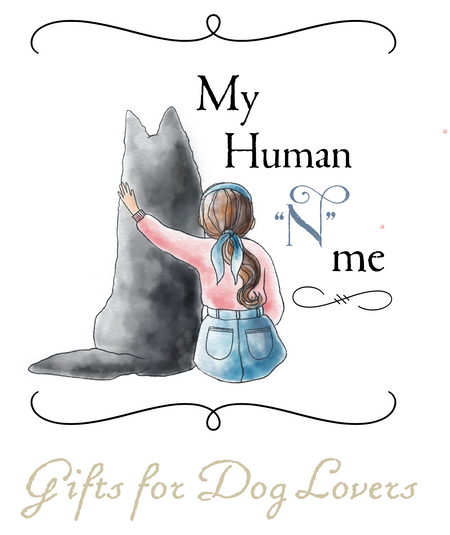
Three years in the making, and I am so happy to finally announce the launch of my dream company for dogs, My Human "N" Me, Inc. with a top of the line jerky treat that is sure to please even the most finicky pups. As a devoted dog Mom who home-cooks most of the meals for her pack, I understand the concern that many pet parents have regarding the quality of store-bought pet foods, and it is precisely this concern that prompted me to start a human-quality pet food company for dogs. My luna is sensitive to many foods, including grains, legumes, and potatoes. She does best on meat, so the perfect snack for carnivores like her is jerky. Unfortunately, I just didn't trust the jerky products on the market after the China jerky scare. If Luna was going to get jerky, I'd have to make it myself. And that's what inspired my first product line . . . Simply Primitive Jerky for Dogs.

Now I'm going to be brutally honest with you . . . I had many reservations about launching a jerky line at a time when jerky was so under fire in the media, and rightfully so. Many dogs died from eating China-made jerky and the FDA has still not identified the cause with 100% assuredness. Some articles I read actually touted that jerky, much like the grape, may be inherently toxic to dogs with no identifiable cause. This just didn't seem right to me. Dogs are meat-eaters. They co-evolved with humans, and primitive humans relied on drying and/or curing meat with salt as a preservation technique. It seems reasonable to infer that dogs would have eaten dried meat in the past. Why then would it harm dogs today? Eventually it came out that sweet potato jerky had also lead to illnesses, which led me to the conclusion that dried meat wasn't the issue, but rather a processing problem, or a quality of ingredients problem.
To validate my thoughts, I called the veterinarian from whom I had taken the canine nutrition course and whose opinion I valued deeply, and asked for her thoughts on the safety of jerky, and whether or not I should move forward with this project. Her response lifted any residual doubt off my shoulders. "I make jerky for my dogs all the time," she said with confidence. "Jerky is great when its done right."
DOING JERKY RIGHT
So I had to do it right. For me, that meant all ingredients had to come from the USA, be made in the USA, and packaged in the USA. I wanted absolutely no China ties. And it had to be made in a USDA inspected facility that was not a dog food plant. I needed to find a facility that handled real, human-food meant for human consumption, and let me tell you, that was not an easy task. I had to rifle through a long list of USDA inspected facilities in search of a company with drying capabilities that was willing to do a human-quality jerky for dogs. Some were interested in the project at first, but changed their tune when they discovered that the product was for dogs. It took me two years until I finally found a co-packer for the job.
As for the jerky itself, I wanted to use the fewest ingredients possible, so I started with just one . . . USDA ground meat. Unfortunately, shelf-life studies yielded inconsistent results. Microorganism spores are naturally in the air, so they can always pose a risk, especially in food products that retain some moisture. And since I didn't want bone-dry, brittle jerky, I needed to add something that could inhibit microbial growth. Sea salt and celery powder - nature's preservatives - were the best solution. And at less than 1%, they make up a tiny, tiny, percentage of the jerky so dogs don't even know its in there.
The health and well-being of dogs is my utmost concern. So, as an added measure of safety, I submit random bags from each batch to an independent lab to test for E.coli, Staph, and salmonella. I want you to realize that I made this product for my own furry family. . . and I only give my animals the highest quality foods. I feel like I have done everything in my power to create a superior jerky for dogs . . . one with limited ingredients that looks and smells like real food, which is made, packaged, and sourced right here in the USA. My hope is to give jerky a good name again, because dogs sure love it. Treating is an important part of the human "n" canine bond. And I tried to make one very special treat. We hope you and yours like Simply Primitive Jerky for dogs as much an my Luna "n" I do.
But don't take our word for it. See what others have to say. Read a review of our Simply Primitive Jerky Treats for dogs written by New York City Pet Provider, PetYen. PetYen strives to unite NYC dog owners with the highest quality services and products in the area, and they loved our jerky!
http://petyen.com/blog/dog-treat-review-trainer-human-n-jerky-dogs/




